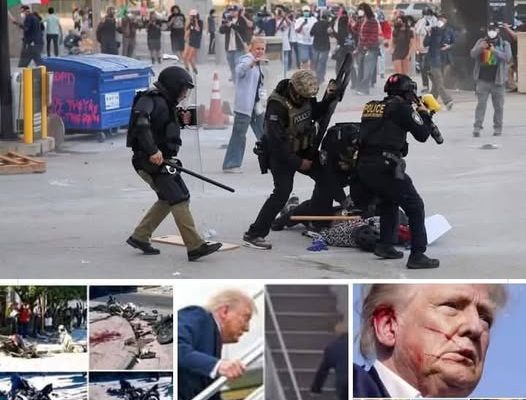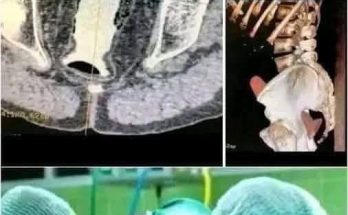A Shadow Over the Oval Office: Assassination Attempts on U.S. Presidents
The presidency of the United States, a position embodying national ideals and policies, has historically been a target for violence. A chilling statistic underscores this reality: a staggering 40% of the 45 men who have served as president have faced assassination attempts. This isn’t just a historical footnote; it’s a stark reminder of the inherent risks associated with the highest office in the land.
The Price of Leadership: From Lincoln to Trump
Tragedy Strikes: Presidential Assassinations
Four presidents – Abraham Lincoln, James A. Garfield, William McKinley, and John F. Kennedy – paid the ultimate price, their lives tragically cut short by violence. These acts of violence weren’t isolated incidents but rather grim chapters in a disturbing narrative. Their assassinations profoundly impacted the nation, leaving lasting wounds on the American psyche.

Near Misses and Close Calls: Surviving the Attempt
Beyond the successful assassinations, numerous attempts on the lives of presidents have narrowly failed. Gerald Ford, for example, miraculously survived two separate attempts within a short span of time in 1975, one by Lynnette “Squeaky” Fromme and another by Sara Jane Moore. Ronald Reagan, too, faced a near-fatal assassination attempt in 1981, enduring a bullet wound that pierced his lung. These near-misses highlight the precariousness of the presidential position and the ever-present danger.
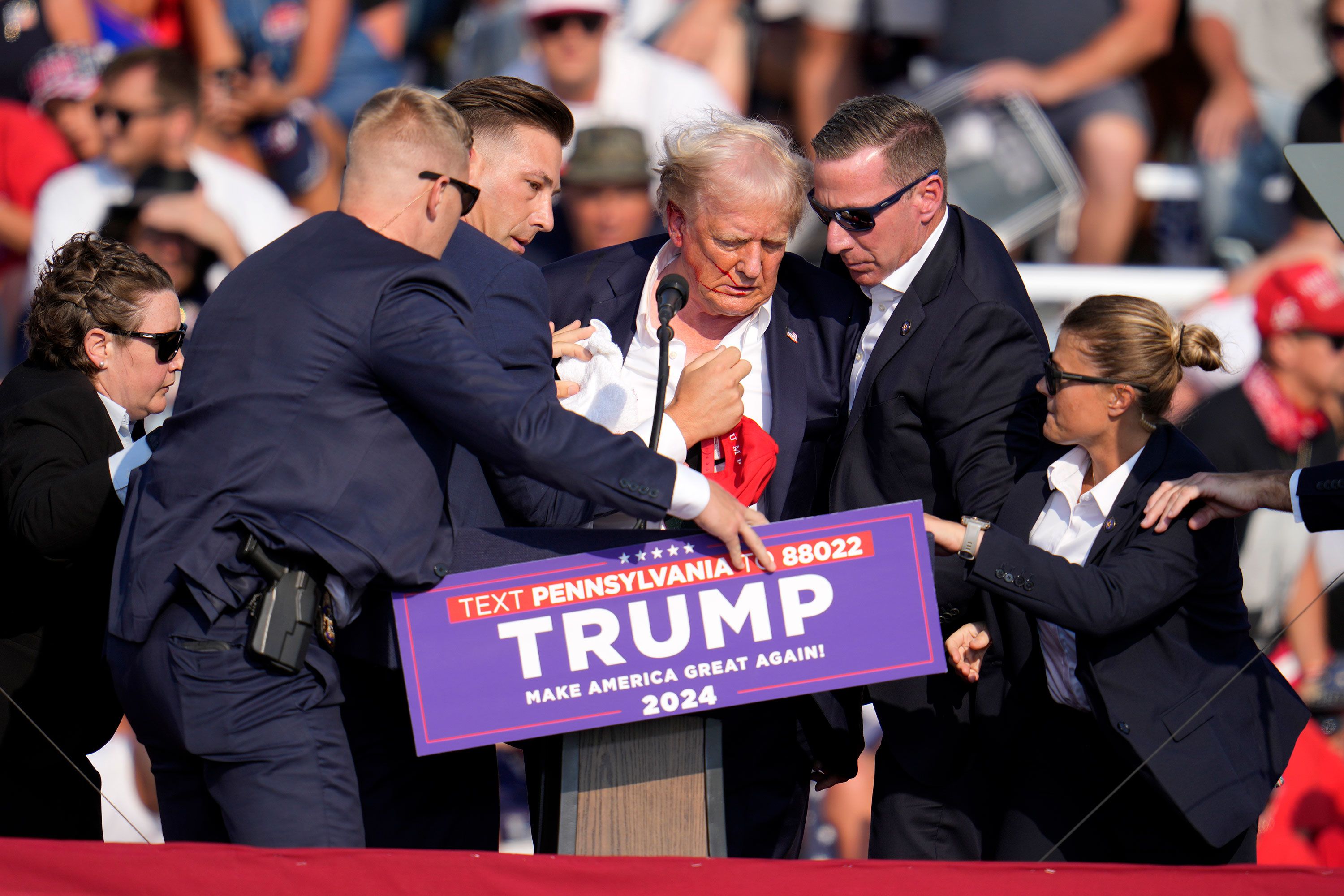
Trump and the Recurring Threat: A Modern Perspective
More recently, former President Donald Trump has faced two assassination attempts. The swift response of his Secret Service detail in Florida underscores the ongoing threat. These incidents, including a previous shooting at a Pennsylvania rally, serve as a stark warning that the risk of violence remains a persistent concern in the 21st century.
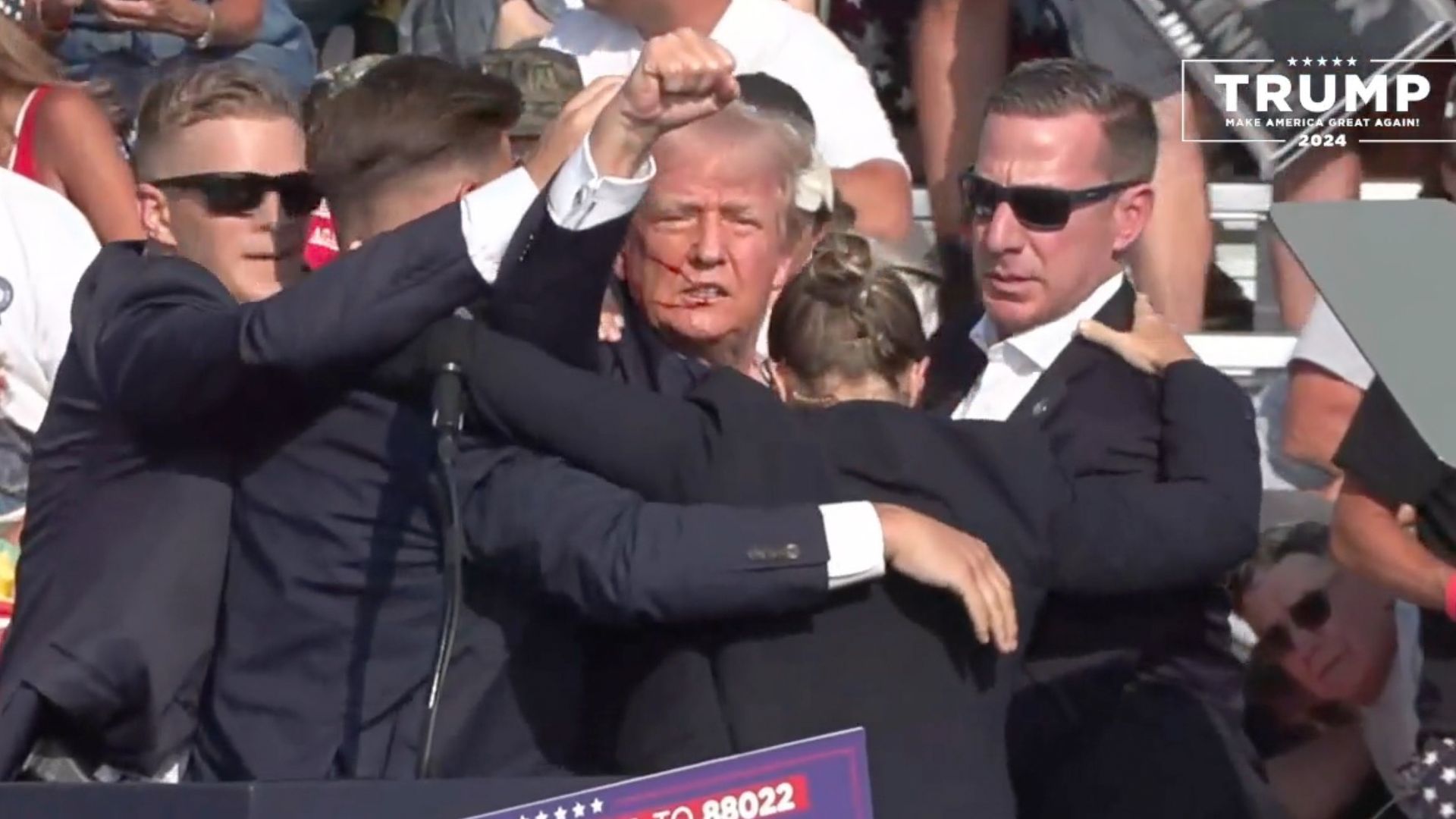
The Weapon of Choice and the Motivations Behind the Attacks
Throughout history, firearms have been the consistent tool in these attempts. While the motivations behind these acts have varied widely – from politically motivated conspiracies to personal delusions and misguided attempts at heroism – the outcome remains consistently dangerous. Interestingly, with the exception of Gerald Ford’s attackers, all known assailants have been male. In Trump’s case, the alleged assailants highlight a modern twist: former supporters turned disillusioned and violent.
Understanding the Historical Context: Chaos and Conspiracy
The assassination of President Lincoln in 1865 wasn’t merely a single act of violence; it was part of a wider conspiracy aimed at destabilizing the newly reunited nation. Simultaneous attacks were planned against Secretary of State William Seward (who survived) and Vice President Andrew Johnson. The goal: to plunge the government into chaos and potentially reignite the Confederacy. This historical context underscores the potential for significant disruption stemming from attacks on the presidency.
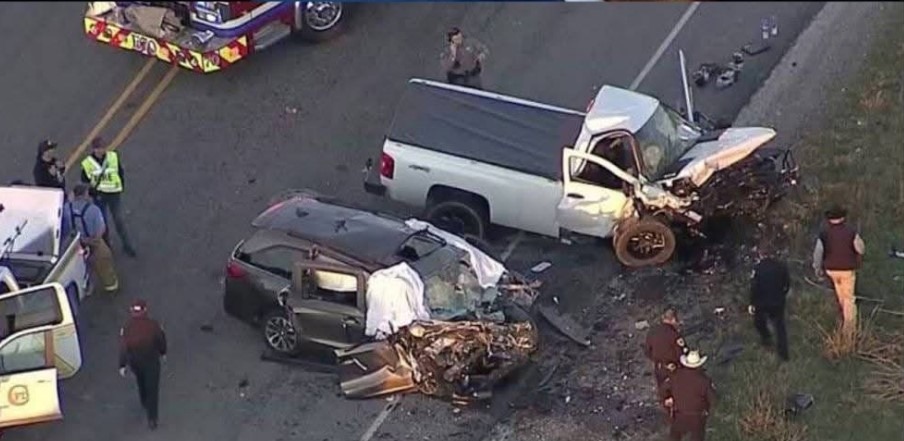
The Evolving Landscape of Presidential Security
Modern threats necessitate a constantly evolving approach to presidential security. The rise of mass information dissemination and increased political polarization add layers of complexity to the challenge. The Secret Service’s role is crucial, but the evolving nature of threats necessitates ongoing adaptation and preparedness.
Resilience and Reflection: A Nation’s Response
Despite the enduring threat, the American response to these acts of violence demonstrates a remarkable resilience. Acts of heroism, moments of national unity, and periods of solemn reflection consistently follow these attacks, showcasing the enduring strength of the democratic system. The fragility and strength of American governance are both revealed in the aftermath of these attacks.
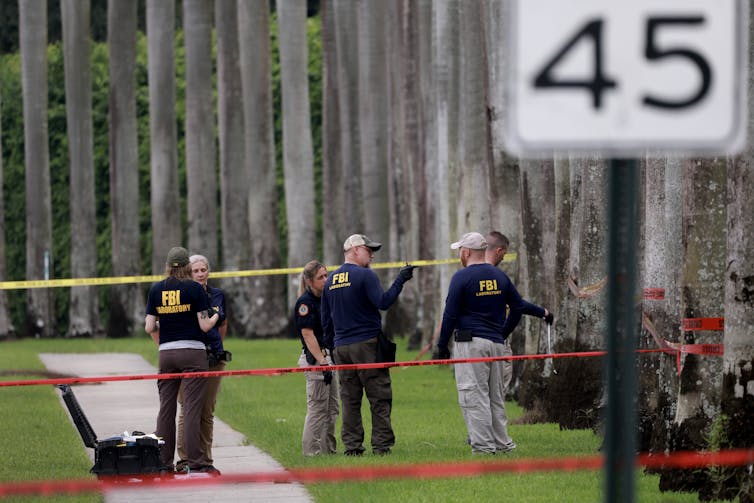
Conclusion: A Persistent Danger, an Enduring Democracy
Assassination attempts on U.S. presidents are not relics of the past; they are a persistent reality. This disturbing trend reflects a complex interplay of mental illness, political discontent, and the easy accessibility of firearms. While the motives of these attackers may remain shrouded in complexity, the overarching message is clear: American democracy, while resilient, is not impervious to violence. It thrives on open discourse but remains vulnerable to acts of extreme violence. The ongoing vigilance of law enforcement and the unwavering spirit of the American people are vital in navigating this complex and challenging reality.
